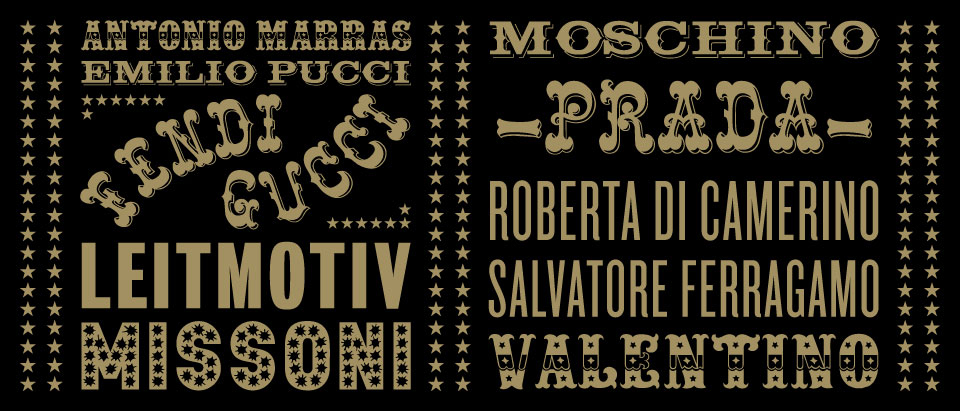
Carosello Italiano
A CELEBRATION OF ITALIAN FASHION IN HANDBAGS
19 JULY — 31 OCTOBER 2012
Carosello Italiano (Italian Carousel) celebrates the exhuberance of Italian fashion through its parade of colours, stereotypes, materials and craftsmanship.
A carousel is always temporary, always fun. Guest-curated by critic and fashion authority Maria Luisa Frisa, this temporary exhibition, which opens at the same time as the Simone Handbag Museum, on 19 July 2012, imagines Italian fashion as a carousel in the town square, and explores the important connection between play and display. Some of the handbags will be absorbed into the permanent collection after the exhibition closes.
Handbags are so closely associated with Italy, and this temporary exhibition includes loans from some of Italy¡¯s most influential handbag designers and fashion houses. Carosello Italiano will act like a postcard from Italy, celebrating the opening of the Simone Handbag Museum, and offering a humorous and aesthetic contrast to the permanent display. The bags invite us back to Italy through their explicit reference to tourist themes (turned chic and tongue in cheek). Through an explicit play on stereotypes and masks, which define Italy¡¯s international image, these bags evoke the role-playing, tricks, and flamboyant colours belonging to the tradition of the ¡°Commedia dell¡¯Arte¡±.
For Carosello Italiano, Maria Luisa Frisa has looked to recent archives to represent Italian fashion, both through the huge success of the collections chosen, and also their shared light-hearted celebration of all that is Italian:
their fabrics, their witty use of colour, and their national heritage.
The exhibition will present designers and fashion houses that have worked with textiles and the long tradition of velvet to silks, alongside those whose narrative is drawn from the decorative tradition.
Antonio Marras harnesses Sardinian craft. Dolce & Gabbana look south at the Sicilian popular glamour. Emilio Pucci makes silk by traditional weavers who recreate the atmosphere and colours of Italy. Fendi makes the iconic ¡°baguette¡± even more precious thanks to the use of silk textiles woven on ancient seventeenth-century looms at the Fondazione LISIO in Florence.
Gucci references Renaissance ornamental motifs such as fish, associated with the Florentine leather tradition. Leitmotiv creates imaginary surrealistic landscapes for an unknown future. Missoni weaves 1000 colours together. Moschino uses Italian word play (as with his iconic ROMA AMOR bag). Prada tours around Italy¡¯s monuments through the famous postcard collection of 2004 which was devoted to architectural beauty.
Roberta di Camerino uses velvet woven by traditional weavers who can produce only a small length each day. Salvatore Ferragamo skilfully transforms each bag into a refined design, with technical and decorative qualities emphasised through the re-inventions / re-editions of the Ferragamo¡¯s Creation¡¯s Collection.
Valentino Garavani makes delicate roses and floral landscapes grow three-dimensionally on his creations.